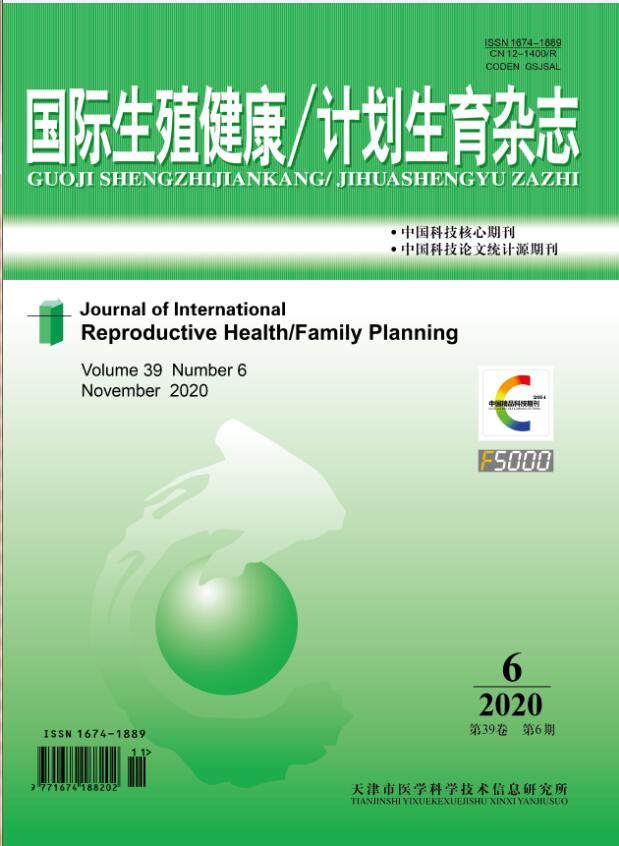|
|
Advantage of Hysteroscopy in Taking out the Incarcerated Intrauterine Device
QIU Xue-yan,REN Ya-juan,CHEN Shu-tao,MOU Jing,LIN Qing
2018, 37 (2):
119-121.
Objective:To compare the efficiency and safety of two methods taking out the incarcerated intrauterine device (IUD): hysteroscopy and B-mode ultrasound. Methods: A total of 87 patients underwent unsuccessfully the conventional removal of IUD were diagnosed as the incarcerated IUD from January 2013 to March 2017. Based on a random table, the 45 cases were treated with hysteroscopy to take out their IUD as the observation group, and 42 cases with B-mode ultrasound to take out IUD as the control group. The operation time, intraoperative blood loss, the success rate of taking out IUD at once, hospital stays and expense were compared between the two groups. The incidences of lumbar pain and low-abdominal pain and vaginal bleeding in 1 month of following up were also compared. Results: The success rate of IUD removal at once in the observation group was significantly higher than that in the control group ( χ2=7.112, P=0.000). The operation time and the bleeding amount in the observation group were significantly less than those in the control group ( χ2=4.322 and 6.083, all P<0.05). There were no complications such as uterine perforation, intrauterine adhesions and infection in one month of following up in the two groups. The incidences of 0~Ⅰ grade of lumbar pain and low-abdominal pain, and ≤1 day of vaginal bleeding or no bleeding, in observation group were significantly higher than those in the control group (all P<0.05). There was no significant difference in hospital stays between the two groups [(2.24±0.63) d vs. (2.08±0.54) d, t=0.003, P=0.976]. However, the treatment cost in the observation group was significantly higher than that in the control group [(2 231.28±256.90) Yuan vs. (1 712.14±156.82) Yuan, t=6.117, P=0.007]. Conclusions: Taking out the incarcerated IUD under hysteroscopy can be recommended due to the shorter operation time, less blood loss, higher success rate and higher safety, although the relatively higher treatment cost, when compared with the method under B ultrasound.
Related Articles |
Metrics
|

